Interview: Trans-Cascadia Winner Myles Trainer
Words by: Pete Harrington
After a hiatus in 2020, the blind format backcountry race that is Trans-Cascadia returned in September, promising a heady mix of surprise, singletrack and gourmet sausage. And 7mesh was there in spirit, thanks to the presence of our ambassador Myles Trainer, who proved fastest over four days of hard racing to bring home a deserved win. A couple of weeks after the event, we jumped on a call with Myles to learn more about his ride, surprise routes and the one piece of apparel he won’t leave home without.
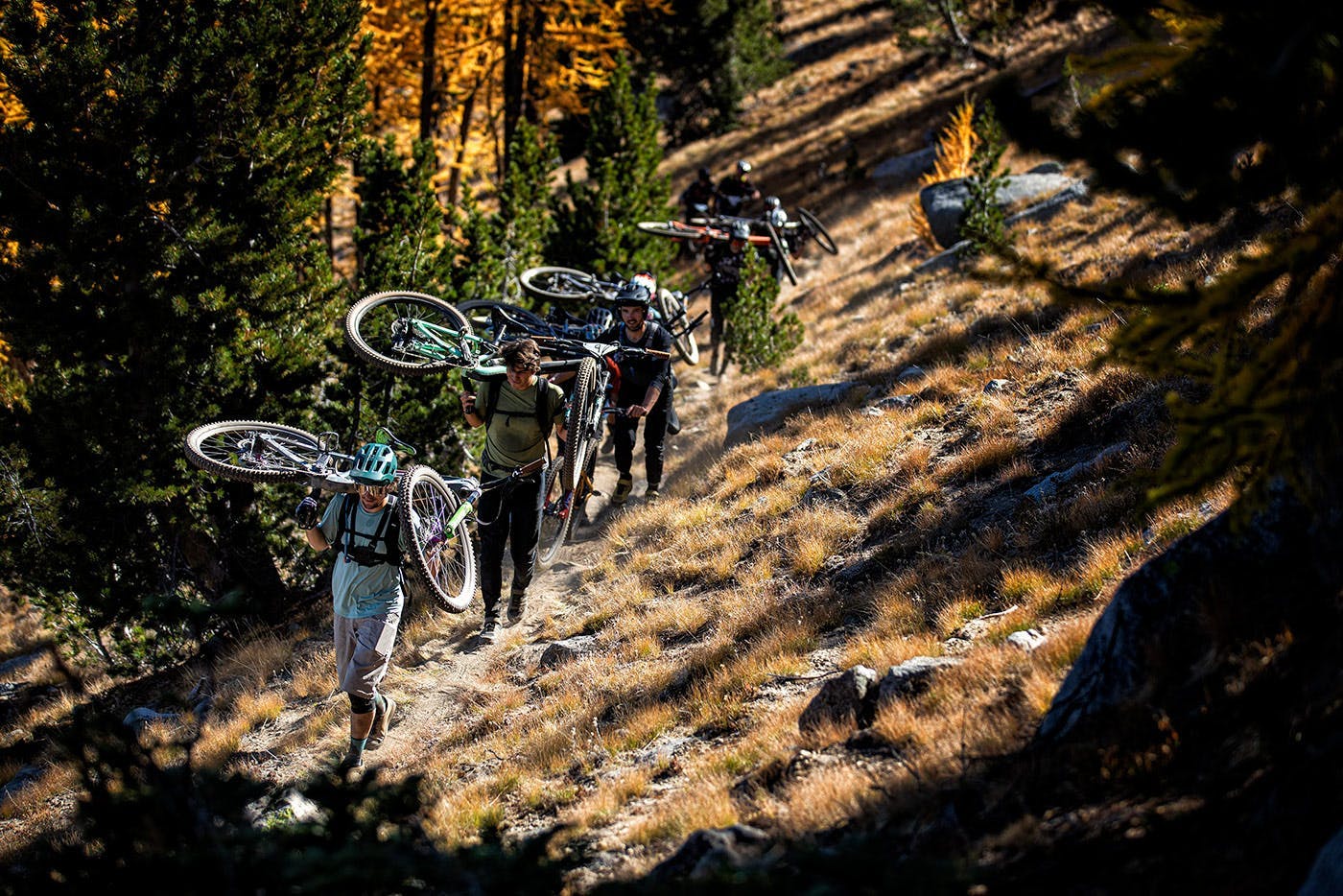
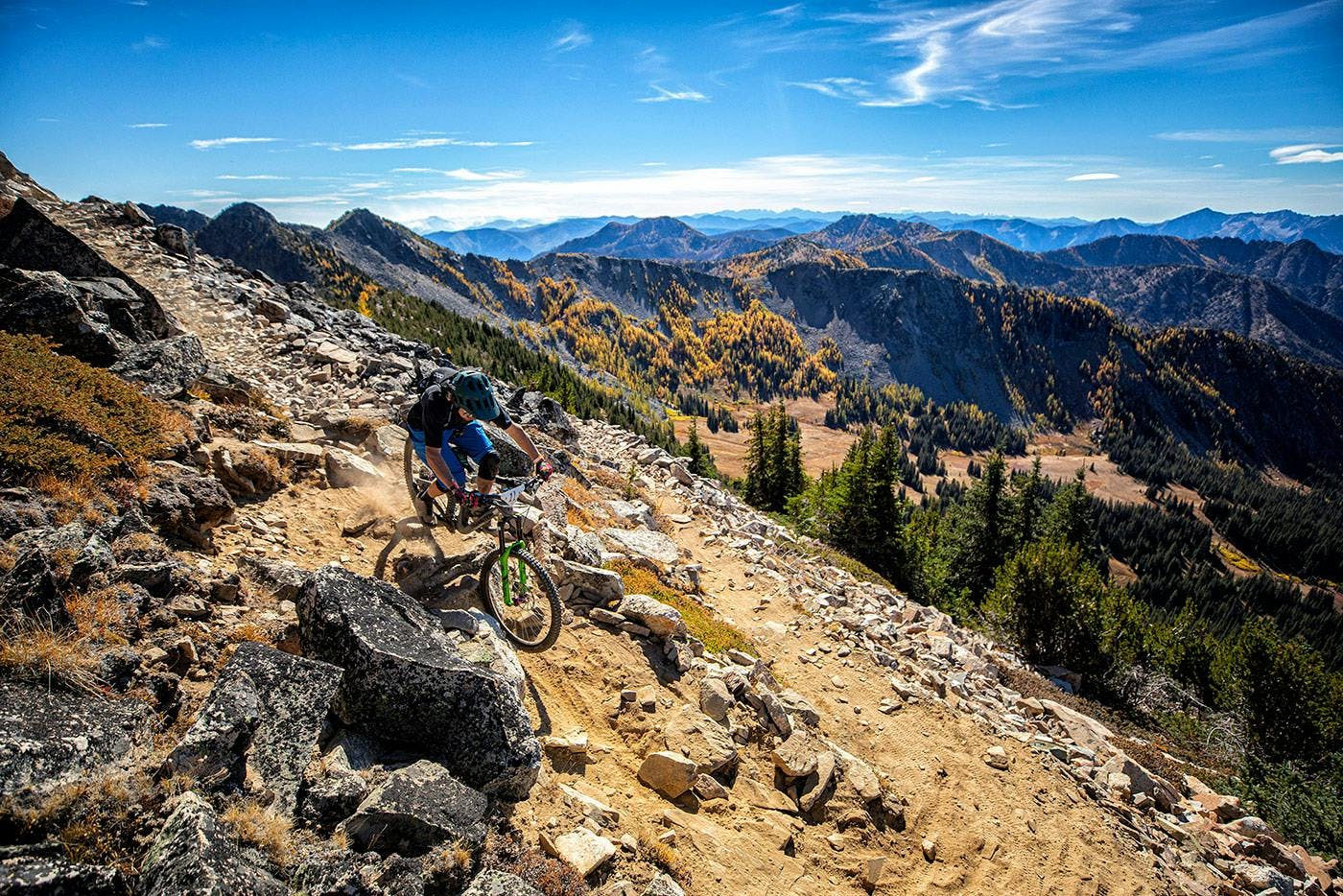
Congrats on the win Myles. Did you go into the event feeling like you’d place well?
Thanks man. Well, I’ve done the race a couple of times before, so it was nice knowing what to expect. But I don’t really like going into things with any high expectations. More just trying to have a bunch of fun and enjoy the whole experience.
Where did you place the previous times you raced Trans-Cascadia?
The first time I was running in the top ten until a flat pushed me to the back of the field. Year after that, I guess I was fourth or fifth. It’s gotten better.
The whole blind racing concept seems pretty challenging.
Yea, it can be. I’ve always been into maps, so the idea of only seeing the route a few hours before you have to race appeals to me. You’re just kind of flying by the seat of your pants and have to read the terrain.
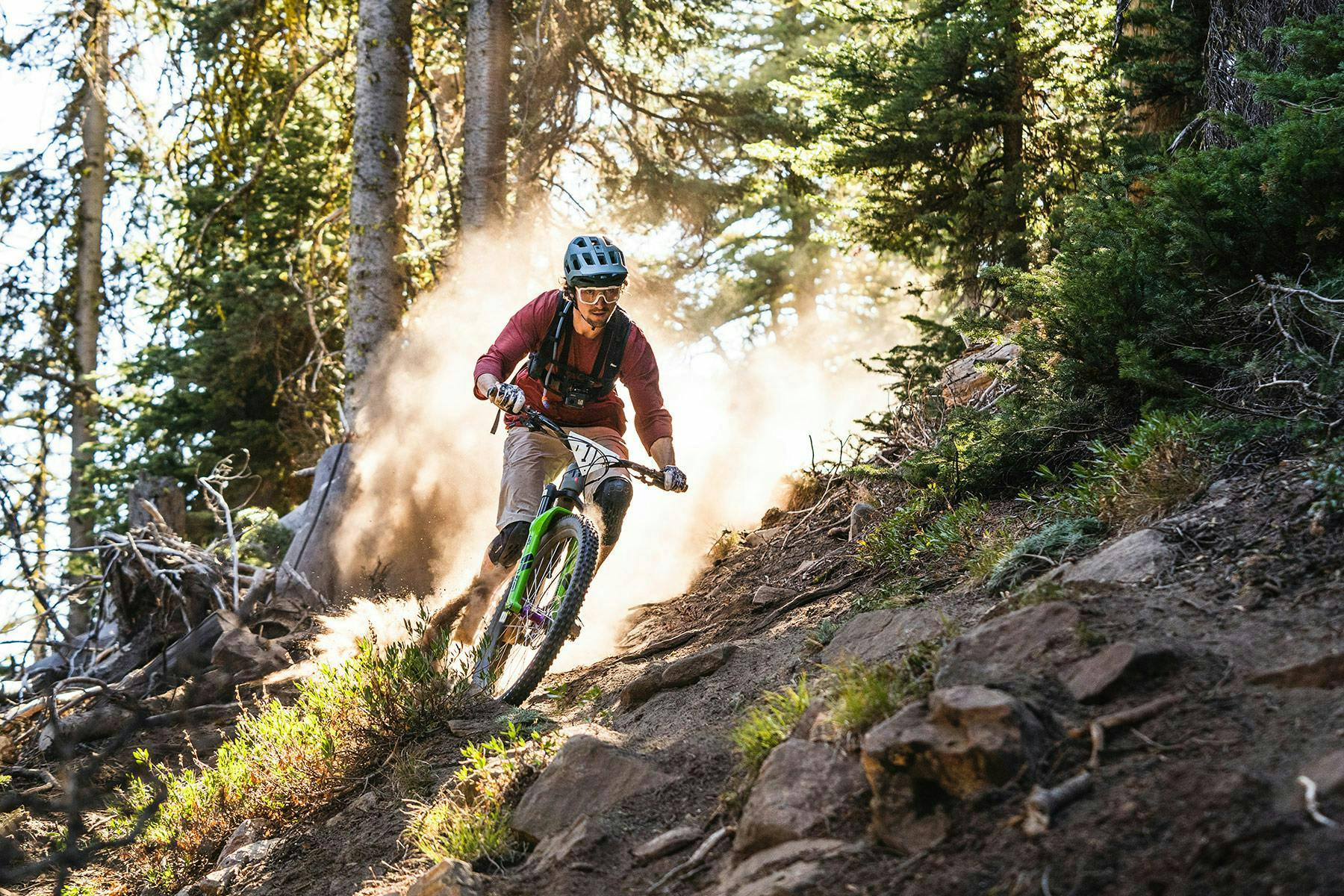
Can you talk a bit about how that works in practice?
Sure. So this year, there were four days of bike racing. How it works is, you get a map the night before of the route for the next day’s stage and an elevation profile showing height gained, lost and your overall mileage. So you have to check the map against the profile to get a feel for what the tracks will be like, whether they’re long, easy descents, tough climbs, etc. And that gives you an idea of pacing and strategy for the day ahead.
For example, if you look at the map and see that the stage has a certain amount of climbing at the end, well, you know you’re going to have to get there in good shape. Likewise, if there’s a tough start, how hard you go out the gate depends on whether you can visualize what the rest of the stage is going to demand of you.
And how much food and water you’ll need to take, too?
Yea, everything during the day is on you. I didn’t have an issue with that, but I know some people had water filters and whatnot. In every Trans-Cascadia I’ve done, you’re super secluded. No cell phone service, no food stops. But back at basecamp at the end of each day, we had some amazing food prepared for us by Chef Chris Diminno of Gourmet Century and Chris King. I could get used to that.
“The trees were turning from green to a golden yellow. It felt like something from a Dr Seuss book! It was pretty mind-blowing.”
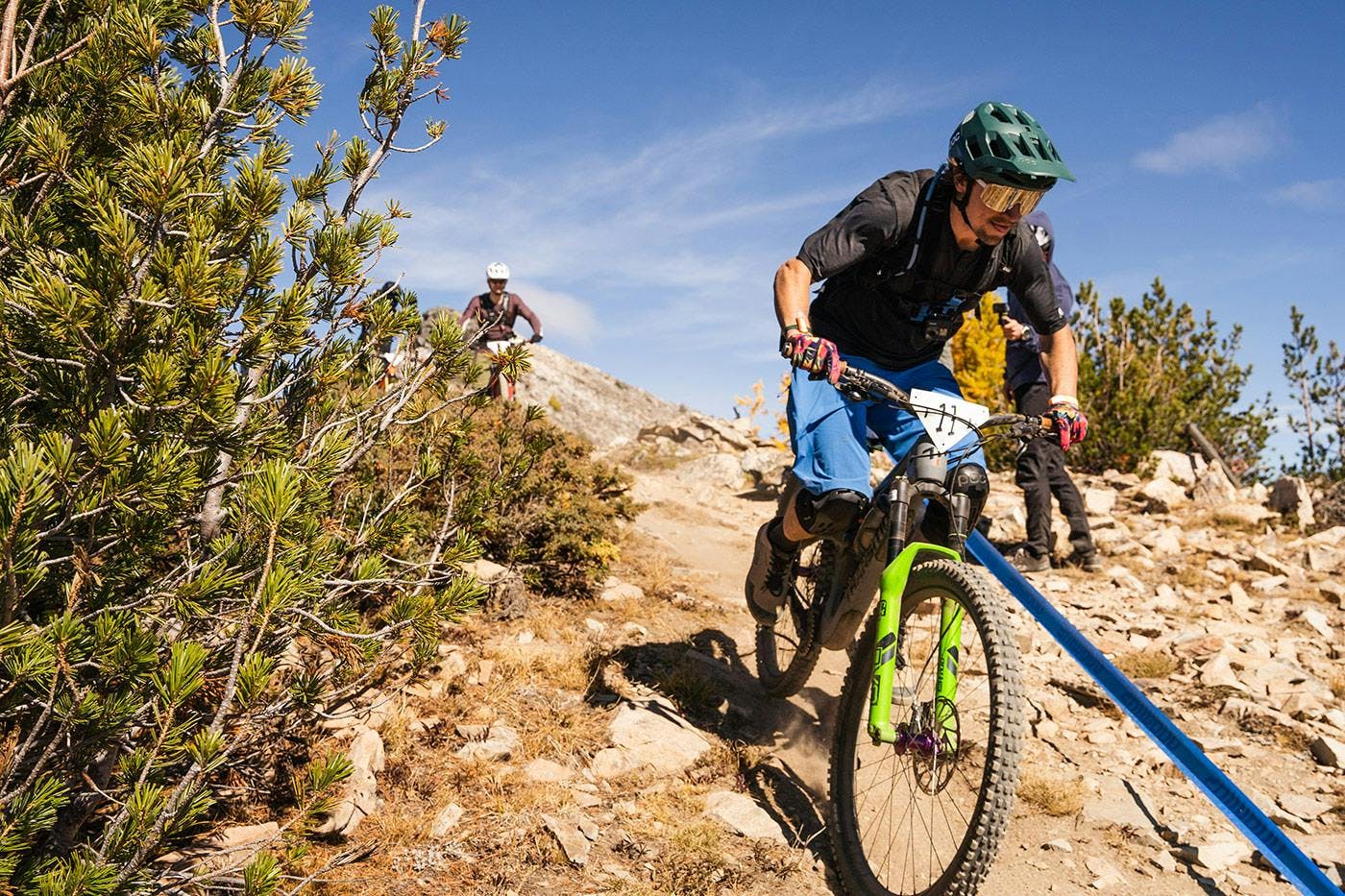
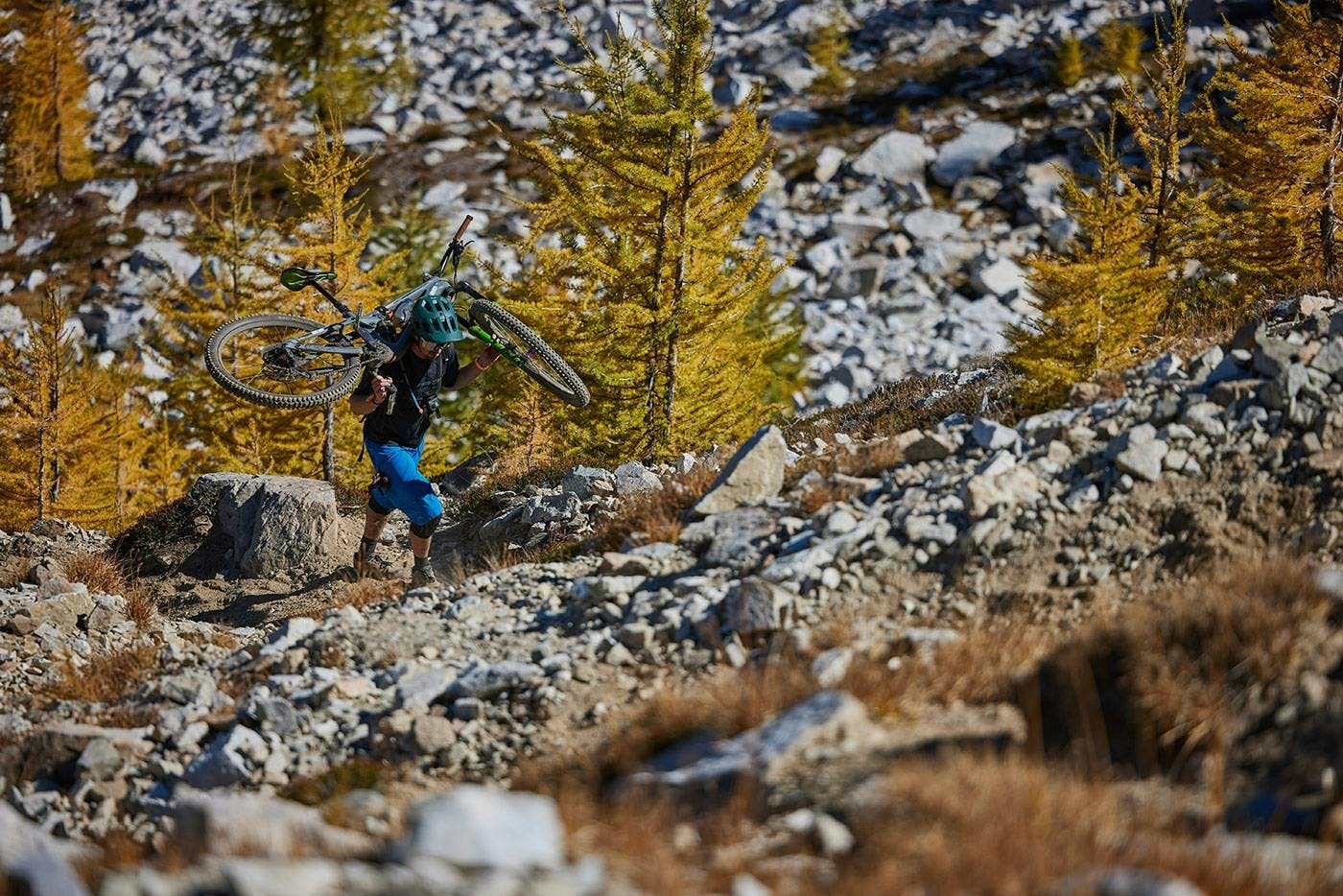
Given that there’s no tracking, how do you gauge how you’re doing during a stage?
That’s probably the best part – you have no idea. Plus, it’s cumulative time, so that’s more mud in the water. During the race, you’re just hanging out with the people around you on the trail, checking them checking you. I was riding alongside my buddy, another Myles, pretty much the entire time, and we were even-steven until he had a minor setback on the last stage, whereas I kept it clean, which gave me the jump.
The trees and terrain you were riding through looked next level.
It was pretty stunning. This year the event was held on the eastern side of the Cascade mountain range. That whole area is a world away from the wet and windy Pacific Northwest, just because of the side of the mountains it’s on. There’s far less precipitation; pretty similar to where I lived in California – super dry and dusty. Some days, we were getting topping out around 8000ft, with 3-5000ft of elevation gain along the route.
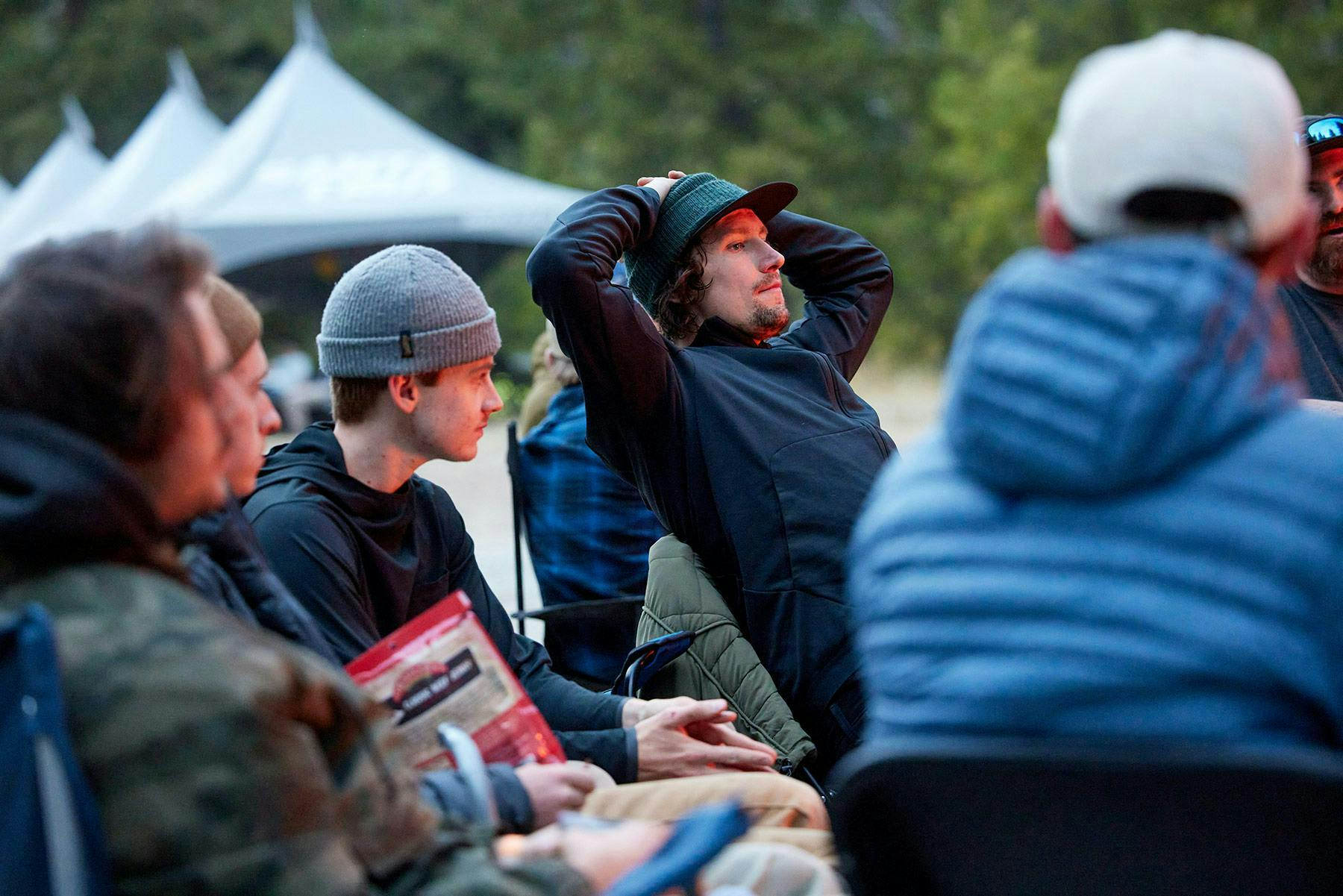
You must just want to stop and take in the views.
Oh yea. You definitely have to do that and realize why you’re out there. At certain elevations on the peaks, you find Larch trees. We caught them just as they were turning from green to a golden yellow. It felt like something from a Dr Seuss book! It was pretty mind-blowing.
On the apparel side, what did you find yourself using?
I’ve always been a fan of a thin windbreaker that you can stash in a pocket and pull out when you need it. So I used the Northwoods Jacket all the time. I wouldn’t want to be without that piece. It packs small, weighs almost nothing and does a great job of keeping the wind and light rain off. For shorts, I was wearing the Farside baggies, but underneath I’d wear the MK3 Cargo. That’s probably the best bib I’ve ever worn. It’s got so many pockets you could probably do with fewer bike bags if you wanted to go that route. For shirts, the Optic and Sight of course – they were daily staples on the ride. And when it got cool at night, the Callaghan Hoody. That one’s a great bike and walk-around piece.
Do you have any other races coming up?
Nothing planned so far. I’m just settling into life up here in Bellingham and riding as much as I can. I also took some video at the race, so I’m going to work on editing that up and see how it turns out. Maybe I snagged a Sasquatch. We’ll see.
